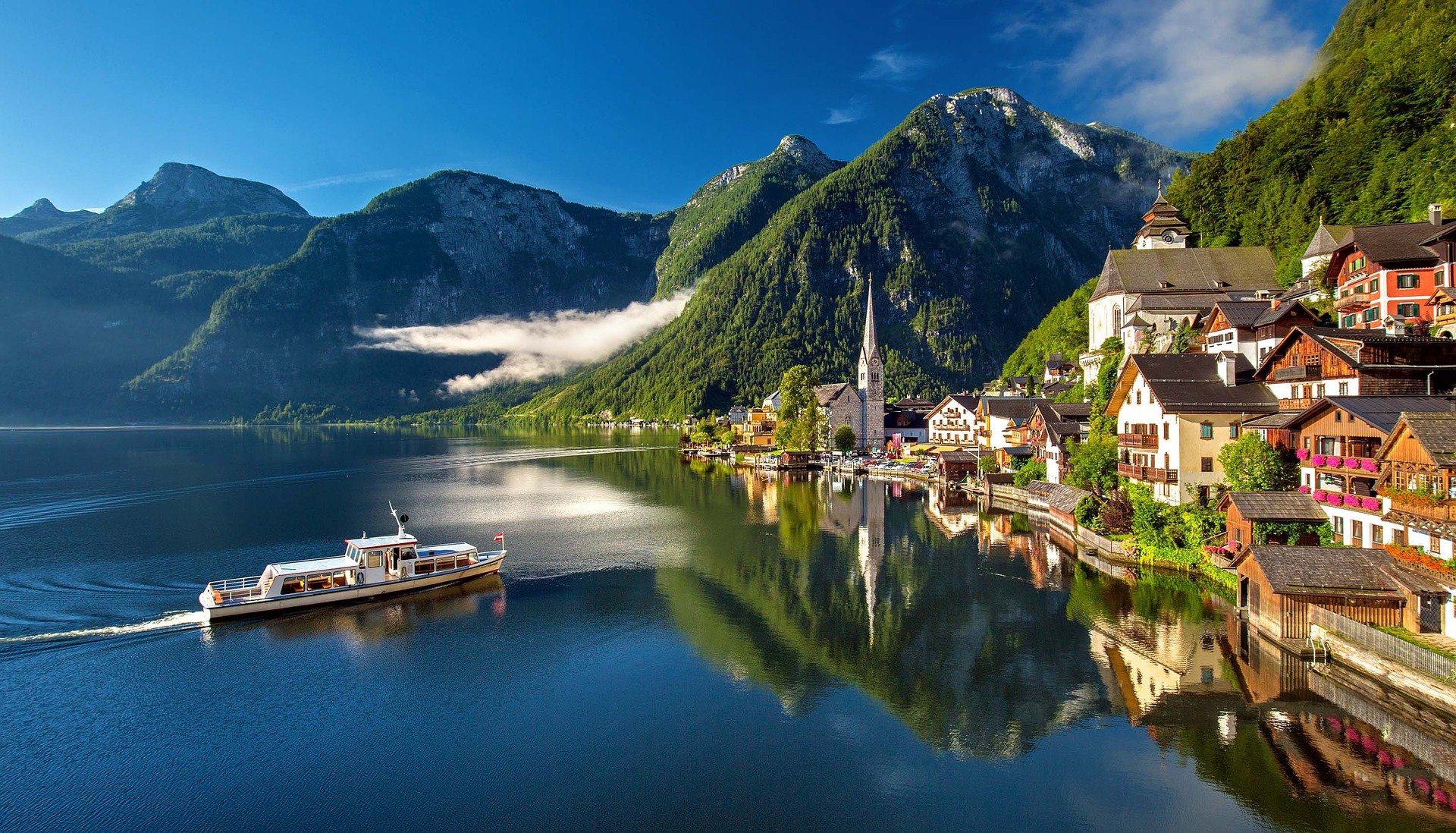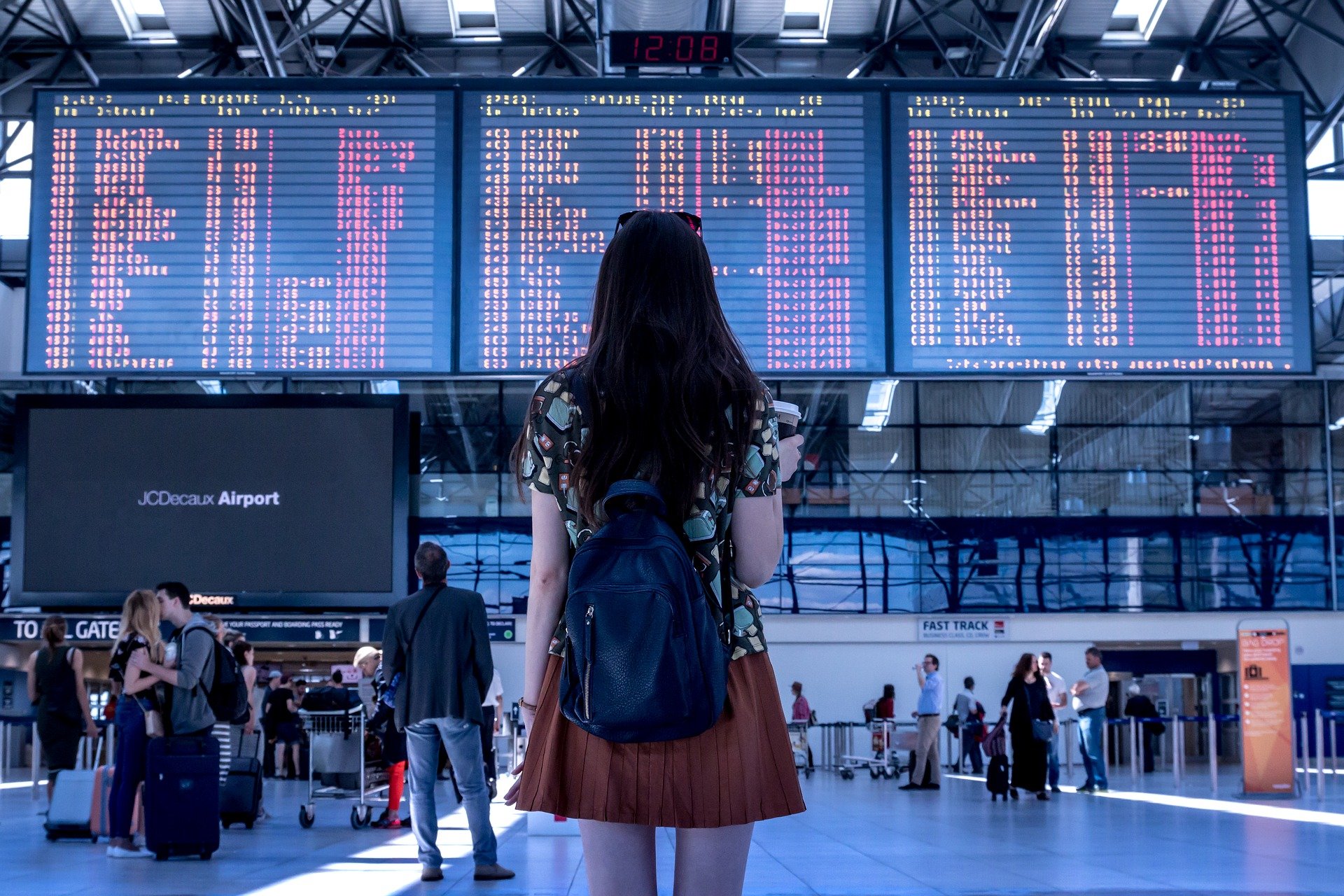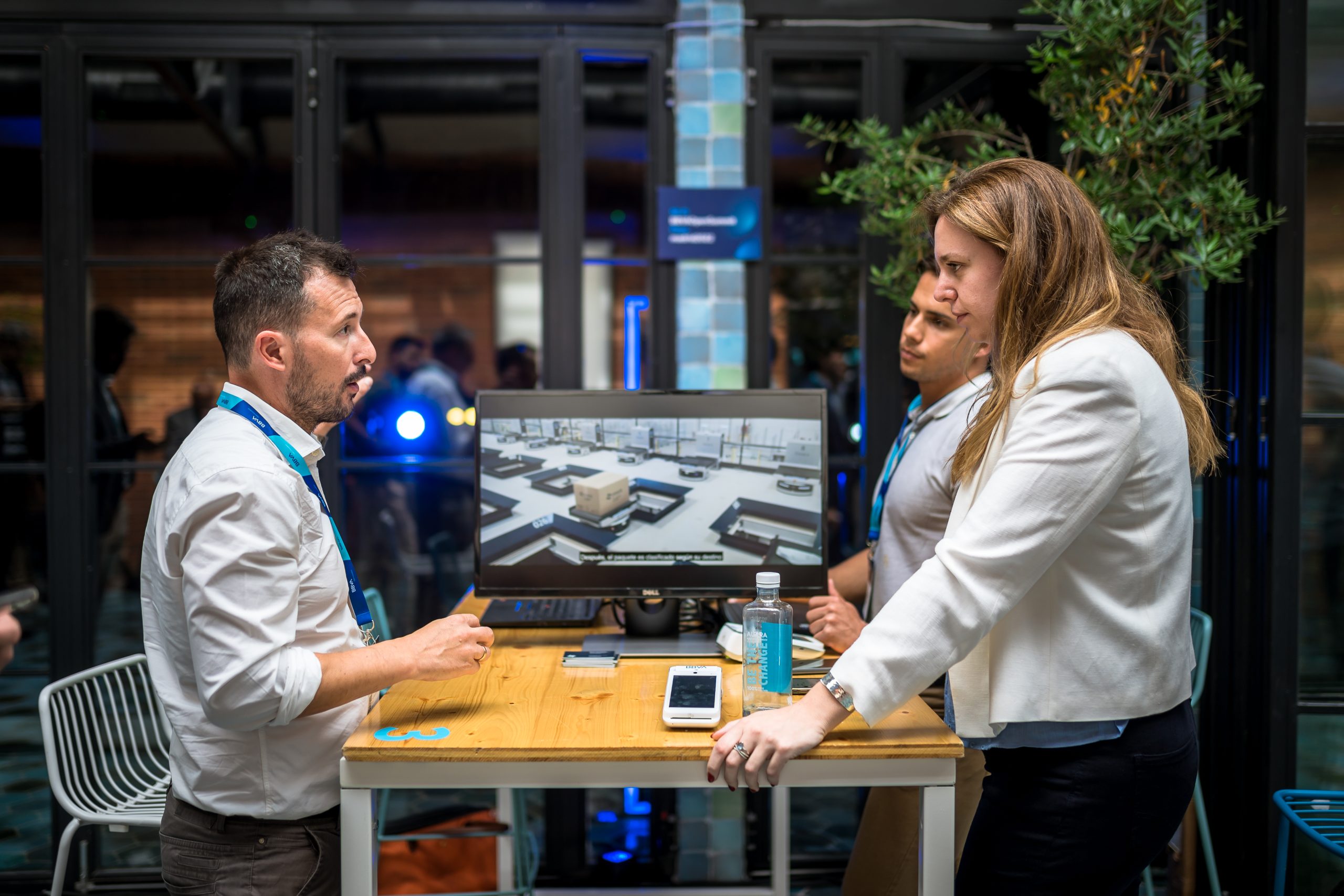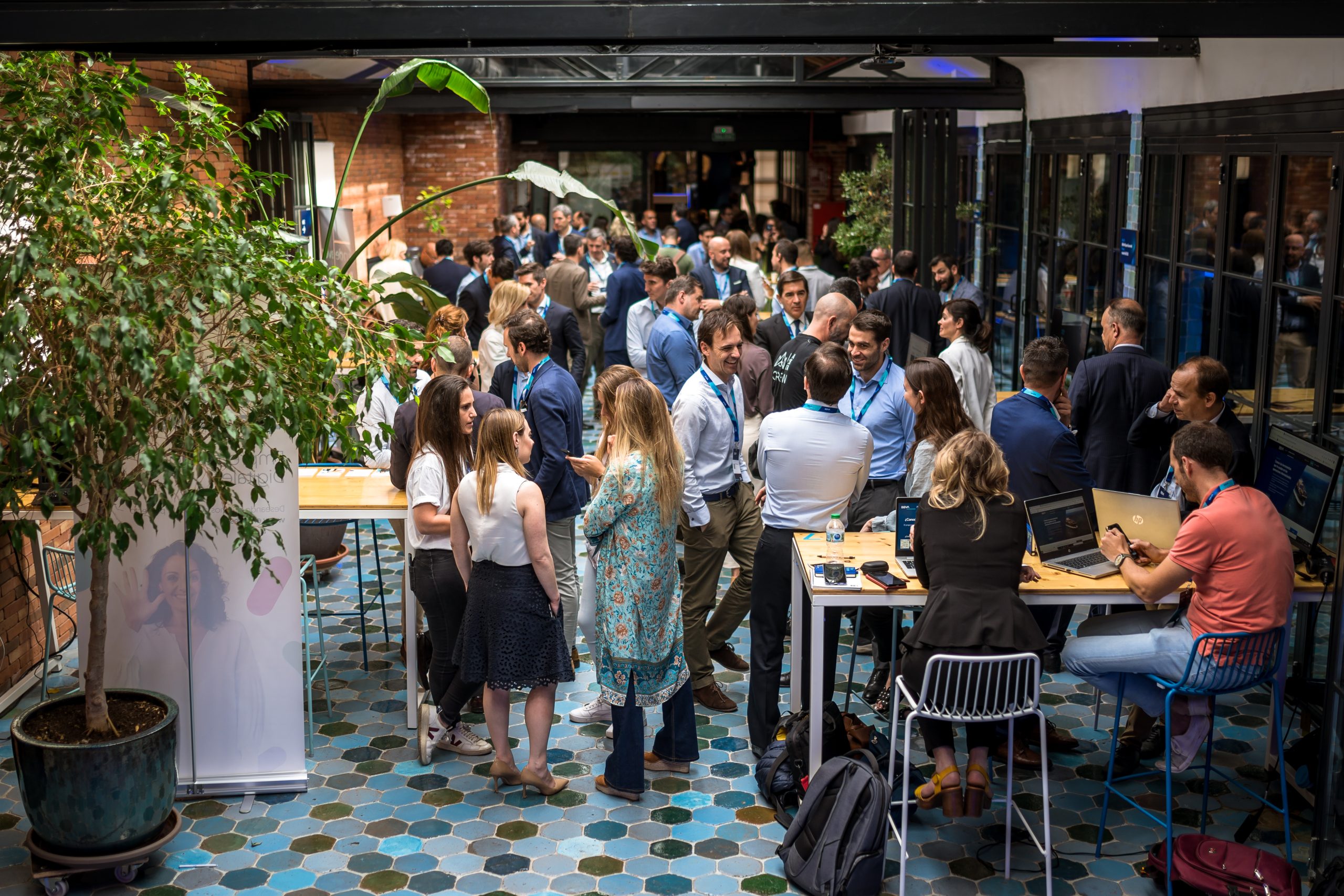The appearance of the pandemic has further accelerated the transformation of a sector that was already facing challenges. Technology, innovation and a green and inclusive outlook will mark the roadmap for this journey to the tourism of the future.
Destinations that had become theme parks, tourismophobia and gentrification. Even Mount Everest was plagued by queues. For years now, the tourism industry has been facing challenges related to energy efficiency, water consumption, waste management, biodiversity conservation and the need for economic benefits to reach local communities.
Diverse challenges for a sector that is one of the main economic drivers globally – in 2019 it employed 10% of the world’s population and 1 out of 10 jobs worldwide were related to it, according to data from the World Tourism Organization (WTO). That year, more than 1.4 billion tourists travelled around the world. However, the model was under review even before the pandemic, following the commitment of various countries to the 2030 Agenda.
The Sustainable Development Goals have called on companies in all sectors to take them into account in their investments and corporate practices. “Tourism that is not aligned with these principles will be questioned by the market itself – it’s no longer necessary only in the ethical sense,” notes José Antonio Donaire, PhD in geography, expert in tourism and professor at the University of Girona. In this regard, the WTO points to a 64% connection between sustainability and competitiveness. Innovation and clever regional specialisation are the main tools for the post-COVID recovery roadmap and the unavoidable ecological and digital transition of the sector.

Reinvent (digitally) or die
World tourism recorded its worst year in 2020, with international arrivals falling by 74%, according to the WTO. “The tourism sector is quite dynamic and has been clear on its mantra of innovation for a long time, both in terms of products and visitor experience,” explains the founder of Emoturismo, David Mora. So technological innovation could be the saving grace for the major blow the sector has suffered. For example, Mora vouches that digitisation will allow for better management and efficiency in various areas such as accommodation, intermediation and tour guides.
“It’s essential to implement tourism intelligence and big data systems that help businesses and institutions to gain a better understanding of the situation and improve decision-making,” says the expert. These tools help to identify which activities are most effective by continuously analysing the context. In this sense, Mora highlights the Mabrian initiative, a platform that offers strategies for developing data-based plans to boost tourism.
Putting the focus on technology, according to the latest edition of the World Tourism Organization’s ‘International Tourism Highlights’ report, artificial intelligence is transforming the sector, allowing companies to understand travellers and their needs and to offer highly personalized experiences, improving revenue. In addition, more and more destinations are measuring tourism in real time to better manage visitor flows.
“Innovation must help spread visitors across a territory, for example, via warnings that a particular beach is over capacity, as well as by getting individuals who want to make the same journey to share – like BlaBlaCar but very oriented to tourist habits,” explains PhD in geography, José Antonio Donaire. Technology could therefore detect “latent demand” and satisfy it. This would also suit the pandemic situation.
A less unsustainable model
If we’re talking about responsible tourism, we must also start by questioning utopian ideas – is it possible to achieve fully sustainable tourism, can travellers themselves do it? Donaire believes not, because “any tourist, even the most conscious, has two problems – consuming more resources on average than residents, and bearing the burden of the cost of travel, which is an environmental stress.”

So should we stop travelling? No, he clarifies, what we must always bear in mind is that “it will never be an innocuous activity”. In his opinion, the best we can aspire to is a “somewhat less unsustainable” model. To this end, he underlines the need to reduce our water footprint and energy consumption, and says we should try to prioritise 0 kilometre products. The most impactful thing, however, will always be to change the way we get around. “Modern tourism must prioritise rail, as it emits 20 to 40 times less harmful gases than air travel, the great enemy,” he explains. Also, as far as making trips that require a long journey, he proposes spreading them out over time but enjoying a longer stay.
Having put our feet on the ground, and while being clear that we must always pin our colours to the sustainability flagpole, we look to innovation. Innovative services and solutions will condition the profitability of the sector in the short and long term, allowing for maximum use of available resources, such as time and spaces, as well as ensuring the survival of many companies and safeguarding natural and cultural diversity.
In this sense, Métrica 6, one of the winners of the ‘Sustainable Development Goals Global Startup Competition’, led by the WTO and innovation hub Wakalua, in collaboration with companies like BBVA, develops innovative solutions for saving water, improving air quality and creating safe spaces. “We create sustainable and resilient communities through improved natural resource management and industry support,” explains CEO Eduardo Dueñas.
The UN wanted to recognise its NESS technology, which can be installed in homes, hotels and tourist apartments, and which prevents the wasting of cold water, with its consequent energy loss, by making it possible to get warm water from the moment you turn the tap. It also allows people to reduce leaks, recycle grey water, and correct abnormal behaviour.

Guatemalan initiative Étnica, another winner of the ‘Sustainable Development Goals Global Startup Competition’, makes it clear that there is another way to do things. Its model can be replicated in other countries, and has been applauded by the WTO. It is not only a travel company that sells experiences, but also a social initiative dedicated to promoting job opportunities in rural Guatemala through tourism and fair trade.
“For me, responsible tourism involves good practices that, in turn, allow profits to be distributed equitably and reach vulnerable communities to make available resources and tools so that they can advance and promote their ancestral and cultural legacy,” said its founder and director, Pablo Martínez, who criticises the fact that most Guatemalan tourism companies are centralised and their profits “only go to some”.
Fintech and technology focused on tourism
And it’s not only about sustainability, but also profitability – over the decades, the innovative nature of tourism has allowed it to consolidate itself as one of the main economic drivers worldwide. Andalucía Lab points out that committing to tourism innovation in a business is more profitable, brings added value to customers, allows it to offer new experiences, differentiate itself from the competition, make customers more loyal and improve the company’s valuation.
But innovation needs to be paid for and does not always yield immediate results. At present, the main constraints to innovation among tourism companies are access to financing, difficulties finding partners with whom to cooperate in implementing transformative solutions, the fact that the market is dominated by established companies and the lack of qualified personnel in the sector, points out the monograph ‘Tourism innovation and smart specialisation in Spain’.

Even cryptocurrencies may be accepted as a means of payment for travel and flights in the medium term,” says Emoturismo founder David Mora. And blockchain could have various applications in the tourism sector, such as ensuring security at hotel check-in and check-out.
This technology makes transferring and storing information easier and more secure, as responsibility is shared across a network, explains an article in ‘We Are Marketing’. It also increases the level of confidence among all users regarding payments abroad: “We wouldn’t have to exchange foreign currency any more when travelling to another country, and so wouldn’t be subject to currency reliability or volatility,” the article says. It could even be useful in preventing suitcases going missing and gaining customer loyalty.
As a result of the relationship between tourism and finance, there have been projects like ‘Big Data and Tourism’, commissioned by BBVA Data Analytics, which allowed the government of Mexico to find out how 86 million domestic and foreign bank card users behave. The aim was to help design public policies that would drive “orderly growth” of tourist activity in Mexico, a country where it accounts for 8.7% of GDP. The project helped characterise regular purchases made by locals and those of tourists, as well as shedding light on the spending patterns of domestic visitors compared to foreigners.
The pinnacle: smart destinations
Where Spain is concerned, the implementation of Smart Tourist Destinations (DTIs) places technology at the centre of tourism policy. The State Trade Company for the Management of Innovation and Technology in Tourism (SEGITTUR) defines them as innovative places, built on state-of-the-art technical infrastructures, that guarantee the sustainable development of the land and facilitate visitors’ interaction and integration with the environment, increasing the quality of their experience and improving the lives of residents.

“In the face of the usual unsophisticated metrics, the concept of smart destination moves in the same direction as what the United Nations advocates, taking into account life expectancy, health, happiness, equality and not just GDP,” said the president of SEGITTUR, Enrique Martínez. He explains that they are based on four categories – innovation, sustainability, technology and accessibility. Each is divided into four subcategories and these, in turn, into 400 indicators, allowing for comparisons between destinations and policies to be made in a much more informed manner. “We can see what is going wrong in each area and develop a much more effective action plan,” he explains.
Martínez insists it’s a method that allows “words to be grounded in reality” and means that they can be transformed into action. “It’s innovative because it means going beyond mere discourse and doing things differently,” he stresses.
The Government of Spain, the Inter-American Development Bank (IDB) and SEGITTUR have announced in 2021 that they will collaborate in exporting their know how in building Smart Tourist Destinations to Latin America and the Caribbean. The idea is to apply tools for technological diagnosis and knowledge sharing, as well as to develop technical pre-investment plans to accelerate the digitisation of tourist destinations in the region. Rio de Janeiro in Brazil will be the first city on the continent to participate in this transition process.
Final stop: the future
“Progress is about renewal,” decreed the philosopher Miguel de Unamuno. With the current promising rate of vaccination, tourism will go back to being as important as before and will have to resume the pre-coronavirus transformation. Those returning tourists provide vast amounts of information when visiting a destination, and analysing it will be essential to understanding what their demands are and how to offer them added value.

But to do this, we must have the intention of channelling the journey toward an innovative future. David Mora of Emoturismo compares the tourism sector with a transatlantic ship loaded with numerous blocks: “It’s hard to change course, but you have to keep trying, especially by helping those territories that are less likely to reset their tourism model or radically change the nature of their companies.” And he adds that perhaps the pandemic will facilitate the task by having lightened the sector’s load.
With the 2030 Agenda as a navigator, tourism must not be forgotten along the road of workers, the environment, local communities and natural and cultural heritage. The sustainable and fair development of the sector will always be the main destination.




